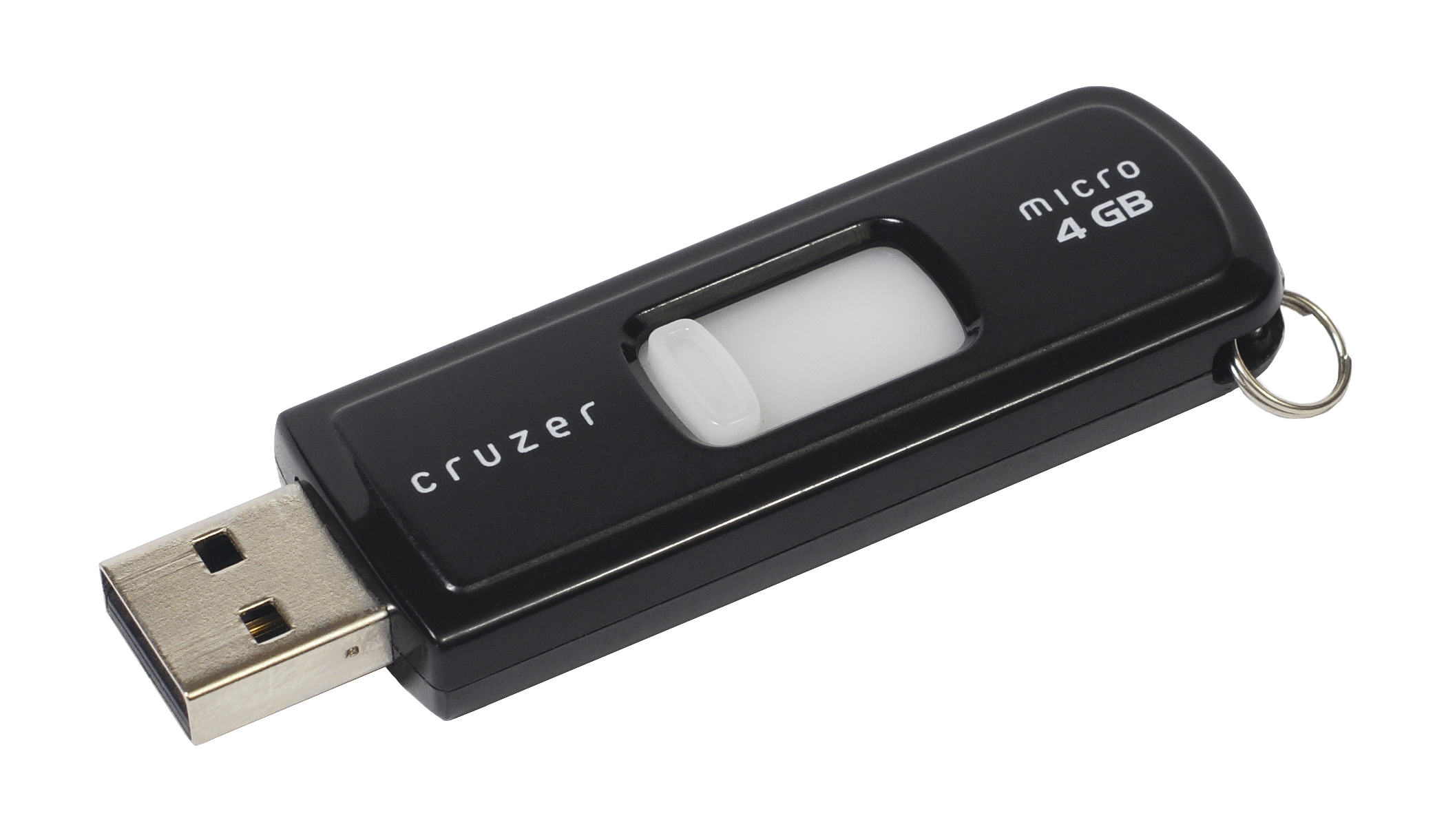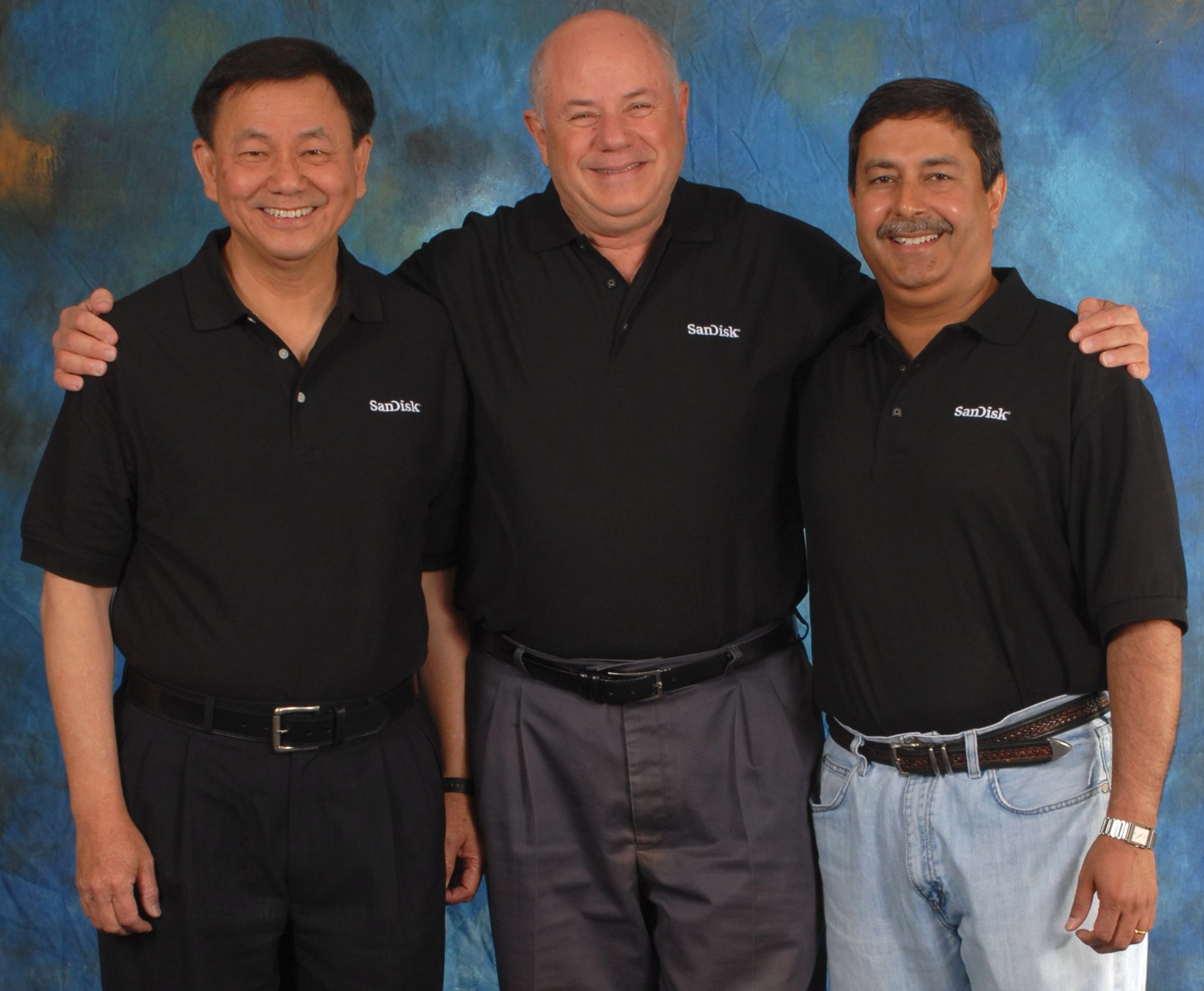|
M-Systems
M-Systems Ltd., (sometimes spelled msystems) was a Nasdaq-listed Israeli producer of flash memory storage products founded in 1989 by Dov Moran and Aryeh Mergi, based in Kfar Saba, Israel. They were best known for developing and patenting the first flash drive, marketed in 1995 as ''DiskOnChip'', and the first USB flash drive, marketed in 2000 as ''DiskOnKey''. They also created the patented True Flash Filing System (TrueFFS) which presented the flash memory as a disk drive to the computer. After 17 years of business, they were acquired by their prior competitor, SanDisk, in 2006. The DiskOnChip (DOC) was developed at the R&D Center established by M-Systems called EUROM. Rick Iorillo, Rony Levy and David Deitcher were the individuals that worked on the development and marketing of the first 2 MB DOC. This product went on to receive the Most Innovative Award from EDN in 1995 and later went on to become the Flash Drive and DiskOnKey. DiskOnKey DiskOnKey was a small Fl ... [...More Info...] [...Related Items...] OR: [Wikipedia] [Google] [Baidu] |
Dov Moran
Dov Moran ( he, דב מורן; born 1955) is an Israeli entrepreneur, inventor and investor, best known as the inventor of the USB memory stick, and one of the most prominent Israeli hi-tech leaders. Biography Dov Moran was born in Ramat Gan, Israel, to a family of Holocaust survivors who immigrated to Israel from Poland. His father, Baruch Mintz, came from a well-off family from Krosno. The only Mintz family members who managed to survive the Holocaust were Dov's father and grandfather who began a new life in Israel. Dov's mother, Bina Gever, immigrated to Israel with her family who escaped Blonie. His interest in technology was obvious from his childhood days. At the age of ten he used to order electronic components and digital watch parts from MAD magazine, with the intention to create new improved devices, however, as he later testified, no significant results were achieved. In the following years, his curiosity and talent started to lead to breakthroughs. At the age of 16 he ... [...More Info...] [...Related Items...] OR: [Wikipedia] [Google] [Baidu] |
USB Flash Drive
A USB flash drive (also called a thumb drive) is a data storage device that includes flash memory with an integrated USB interface. It is typically removable, rewritable and much smaller than an optical disc. Most weigh less than . Since first appearing on the market in late 2000, as with virtually all other computer memory devices, storage capacities have risen while prices have dropped. , flash drives with anywhere from 8 to 256 gigabytes (GB) were frequently sold, while 512 GB and 1 terabyte (TB) units were less frequent. As of 2018, 2 TB flash drives were the largest available in terms of storage capacity. Some allow up to 100,000 write/erase cycles, depending on the exact type of memory chip used, and are thought to physically last between 10 and 100 years under normal circumstances ( shelf storage timeUSB flash drives allow reading, writing, and erasing of data, with some allowing 1 million write/erase cycles in each cell of memory: if there were 100 uses ... [...More Info...] [...Related Items...] OR: [Wikipedia] [Google] [Baidu] |
Solid-state Drive
A solid-state drive (SSD) is a solid-state storage device that uses integrated circuit assemblies to store data persistently, typically using flash memory, and functioning as secondary storage in the hierarchy of computer storage. It is also sometimes called a semiconductor storage device, a solid-state device or a solid-state disk, even though SSDs lack the physical spinning disks and movable read–write heads used in hard disk drives (HDDs) and floppy disks. SSD also has rich internal parallelism for data processing. In comparison to hard disk drives and similar electromechanical media which use moving parts, SSDs are typically more resistant to physical shock, run silently, and have higher input/output rates and lower latency. SSDs store data in semiconductor cells. cells can contain between 1 and 4 bits of data. SSD storage devices vary in their properties according to the number of bits stored in each cell, with single-bit cells ("Single Level Cells" or "SLC ... [...More Info...] [...Related Items...] OR: [Wikipedia] [Google] [Baidu] |
SanDisk
SanDisk is a brand for flash memory products, including memory cards and readers, USB flash drives, solid-state drives, and digital audio players, manufactured and marketed by Western Digital. The original company, SanDisk Corporation was acquired by Western Digital in 2016. Western Digital was the fourth-largest manufacturer of flash memory having declined from third-largest in 2014. History SanDisk was founded in 1988 by Eli Harari, Sanjay Mehrotra, and Jack Yuan, incorporated at the time as SunDisk. SanDisk co-founder Eli Harari developed the Floating Gate EEPROM which proved the practicality, reliability and endurance of semiconductor-based data storage. In 1991 SanDisk produced the first flash-based solid-state drive (SSD) in a 2.5-inch hard disk drive form factor for IBM with a 20 MB capacity priced at about $1,000. In 1992, SanDisk (then SunDisk) introduced FlashDisk, a series of memory cards made for the PCMCIA or PC card form factor, so they could be inserted int ... [...More Info...] [...Related Items...] OR: [Wikipedia] [Google] [Baidu] |
Plug And Play
In computing, a plug and play (PnP) device or computer bus is one with a specification that facilitates the recognition of a hardware component in a system without the need for physical device configuration or user intervention in resolving resource conflicts. The term "plug and play" has since been expanded to a wide variety of applications to which the same lack of user setup applies. Expansion devices are controlled and exchange data with the host system through defined memory or Input/output, I/O space port addresses, direct memory access channels, interrupt request lines and other mechanisms, which must be uniquely associated with a particular device to operate. Some computers provided unique combinations of these resources to each slot of a CPU cache, motherboard or backplane. Other designs provided all resources to all slots, and each peripheral device had its own address decoding for the registers or memory blocks it needed to communicate with the host system. Since fixed ... [...More Info...] [...Related Items...] OR: [Wikipedia] [Google] [Baidu] |
Device Driver
In computing, a device driver is a computer program that operates or controls a particular type of device that is attached to a computer or automaton. A driver provides a software interface to hardware devices, enabling operating systems and other computer programs to access hardware functions without needing to know precise details about the hardware being used. A driver communicates with the device through the computer bus or communications subsystem to which the hardware connects. When a calling program invokes a routine in the driver, the driver issues commands to the device (drives it). Once the device sends data back to the driver, the driver may invoke routines in the original calling program. Drivers are hardware dependent and operating-system-specific. They usually provide the interrupt handling required for any necessary asynchronous time-dependent hardware interface. Purpose The main purpose of device drivers is to provide abstraction by acting as a translator be ... [...More Info...] [...Related Items...] OR: [Wikipedia] [Google] [Baidu] |
Windows 2000
Windows 2000 is a major release of the Windows NT operating system developed by Microsoft and oriented towards businesses. It was the direct successor to Windows NT 4.0, and was Software release life cycle#Release to manufacturing (RTM), released to manufacturing on December 15, 1999, and was officially released to retail on February 17, 2000. It was Microsoft's business operating system until the introduction of Windows XP Professional in 2001. Windows 2000 introduced NTFS 3.0, Encrypting File System, as well as basic and dynamic disk storage. Support for people with disabilities was improved over Windows NT 4.0 with a number of new Assistive technology, assistive technologies, and Microsoft increased support for different languages and Locale (computer software), locale information. The Windows 2000 Server family has additional features, most notably the introduction of Active Directory, which in the years following became a widely used directory service in business environmen ... [...More Info...] [...Related Items...] OR: [Wikipedia] [Google] [Baidu] |
Windows ME
Windows Millennium Edition, or Windows Me (marketed with the pronunciation of the pronoun "me"), is an operating system developed by Microsoft as part of its Windows 9x family of Microsoft Windows operating systems. It is the successor to Windows 98, and was released to manufacturing on June 19, 2000, and then to retail on September 14, 2000. It was Microsoft's main operating system for home users until the introduction of its successor Windows XP in October 2001. Windows Me was targeted specifically at home PC users, and included Internet Explorer 5.5 (later default was Internet Explorer 6), Windows Media Player 7 (later default was Windows Media Player 9 Series) and the new Windows Movie Maker software, which provided basic video editing and was designed to be easy to use for consumers. Microsoft also incorporated features first introduced in Windows 2000, which had been released as a business-oriented operating system seven months earlier, into the graphical user interface, s ... [...More Info...] [...Related Items...] OR: [Wikipedia] [Google] [Baidu] |





.jpg)